When it comes to running shoes, the proper fit should be taken into account. To have a nice run, experts always recommend buying shoes in a larger size. If you want your shoes to fit correctly, you must first measure your foot size and then choose the appropriate shoe size based on this.
Ensure your shoes fit properly between your toes and heel. When purchasing a running shoe, keep in mind that it should be a half-inch larger than your ordinary shoe.
A well-fitting shoe provides the greatest basis for your feet while also providing adequate support. You should try this on new shoes and buy a comfortable one. Don’t expect one brand’s size to be the same as another’s. Re-measure the size every time you go shopping.
Why You Should Wear a Right Fit Shoe
There are so many justifications to wear a proper fit shoe. If your running shoe is an appropriate fit, it will provide a comfortable run for you. You don’t need to find shoes that look perfect while having any special issues like sciatica or compartment syndrome. Just focus on your body performance and comfortability.
You should not select a tight shoe as it causes pain on your feet and gradually reaches your lower back. For this reason, it can cause sensitivity to the sciatic nerve. Nichelle Brown said about sciatica running shoes that choose a pair which has the proper fit. A tight-fit shoe will suffer blisters, calluses, and pain. A loose one will be unstable.
A shoe’s fit can have a significant impact on how you run. It can also lead to strain in your foot, which, according to her, reduces performance and may lead to damage. Appropriate size and gait analysis should eliminate any potential concerns with running shoes.
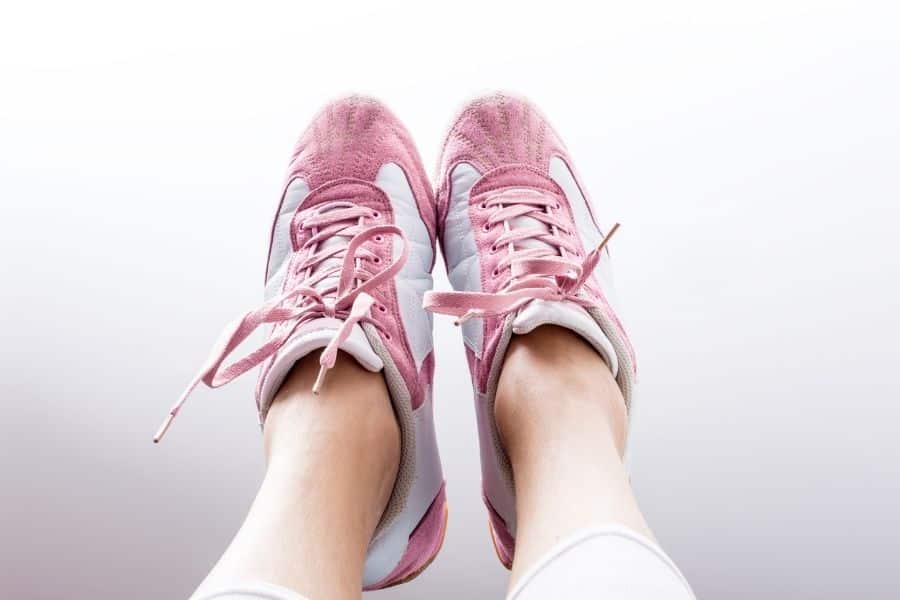
How Should a Running Shoe Fit?
While running, it’s essential to wear the correct size. Unfit shoes can lead you to injury, blister, and pain. Here are some tips on how a running shoe should fit-
● Toe Fit
Examine the length and the width of your running shoe. If the shoe is too narrow, you can feel a pinky toe, or you may slip; if you wear too long shoes. However, a perfect sized shoe will provide you with a bit of wiggle room in the toe box.
● Midfoot Fit
Find a pair with a sung but not too tight fit at the midfoot. Even though you feel pressure in your feet, you can loosen or change your laces to get eased. If it doesn’t work, you should try a different pair.
● Heel fit
You don’t require any extra room in this part of the shoe. Here a snug fit is essential so that your heel will not slip. A shifting heel will lead to blisters and pain. If you are wearing a sloppy heel, adding extra eyelets nearest your ankle can help tighten it up. Switch to another pair if it continues to slip.

A Step-By-Step Tips How to Find the Right Fit Shoe
Here are some fundamental tips for getting a perfect running shoe. This guide will give you to find a pair of the fit shoes-
● Re-measure Your Shoe Size
Every time you go shopping, re-measure the size of the feet though you’re sure about it. As you grow old, gain, or lose weight, in pregnancy or even surgery can change the size of your foot.
● Determine Your Shoe Size
The size of your running shoe should be half a size larger than the size of your regular shoes. For proper length, a gap of at least ½ to 1 is enough between your longest toe and the end of the shoe. If you have enough width in the sides or top of the shoe, it can be helpful to apply pressure while running.
● Try on Different Shoes
Try several brands as well as different types of running shoes. They’ll assist you in choosing shoes that take into account your foot alignment, intended mileage, running surface, and other factors. These will influence which shoes you should wear, in addition to making sure you have the correct fit.
● Check the Weight of the Running Shoe
Weight refers to two particular things-
- The Runner’s Weight: If you’re a heavy runner, you have to choose a very supportive running shoe.
- The Shoe’s Weight: As you’re going for a regular run, you need a lighter shoe that will give comfort
- ● Try to Purchase in the Evening
To select the proper fit shoes, try to purchase them in the evening. At that time, your feet are slightly more essential than any other time.
Wear Socks
Try running shoes with a pair of socks. There is some running shoe design available which you can try with socks. A pair of socks can improve the feeling of comfort and support while you wear running shoes.
How to Check Your Shoe Fit
When you wear your running shoes for the first time, check these signs, which will confirm that this one doesn’t fit properly-
- A proper running shoe should fit in the heel and the midfoot, along with a wiggle space around your toes.
- Check if the measurements of your shoes are correct with proper length and width. A perfect fit shoe needs to allow for half to a full thumb width of the room.
- Try to elevate your heel by holding the back of the shoe. There should be very little movement.
- On the side of the tongue, look at the eyelet rows. These rows should be nearly parallel to one another.
How to Tell If Your Running Shoes Are Too Big or Small?
Looking at how much room there is in the shoe’s toe is the simplest way to assess if it is too big or too tiny. You should place your finger between the heel of your foot and the heel of your shoe. There should just be enough room for your finger to fit snugly inside. If your finger goes in smoothly with plenty of room to spare, go down a half size; if it’s a tight fit, go up a half size.
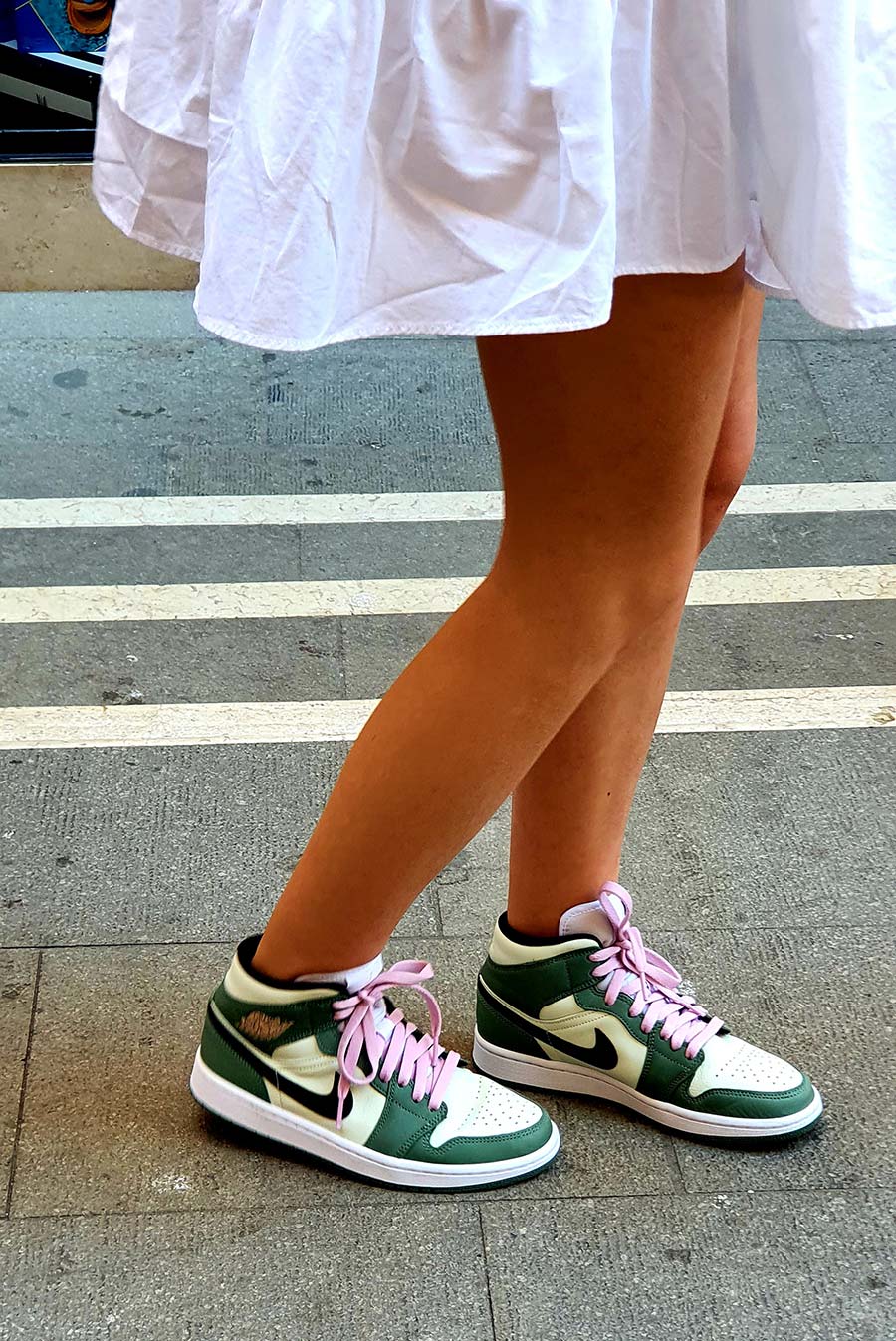
Wrapping Up
A running shoe that doesn’t fit properly might lead to foot and leg injuries. Nerve impingement, tendonitis, heel pain, stress fractures, along ankle sprains can occur after using ill-fitting running shoes. Before purchasing a pair of shoes, ensure that they fit your feet. An excellent shoe that doesn’t fit well becomes noticeably less remarkable when you run in it. Just keep in mind that your chosen shoe must ultimately demonstrate that it fits your foot correctly.

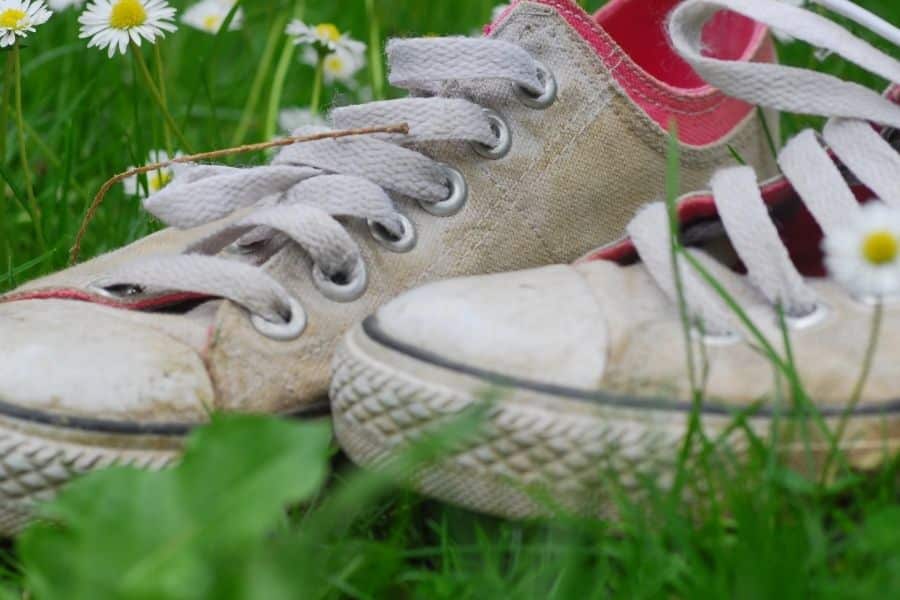


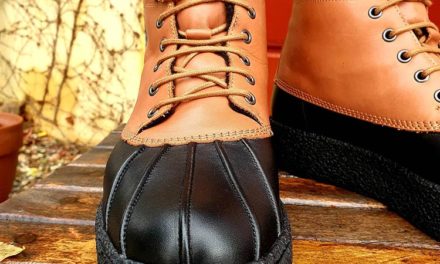







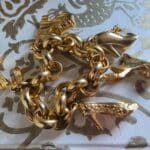

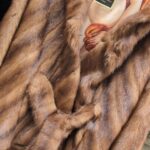

You must be logged in to post a comment.